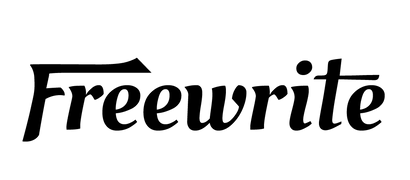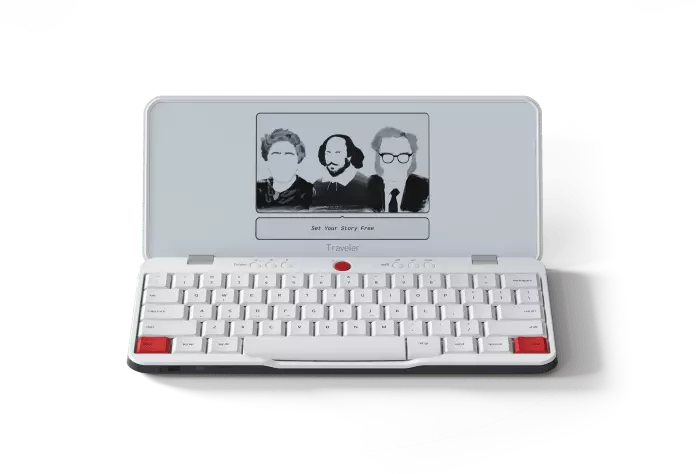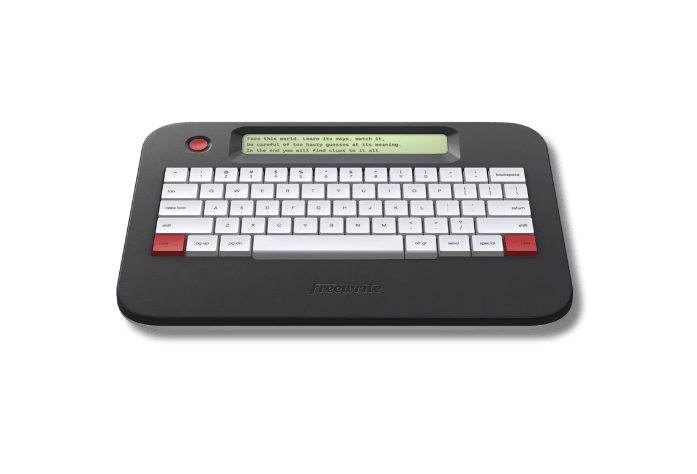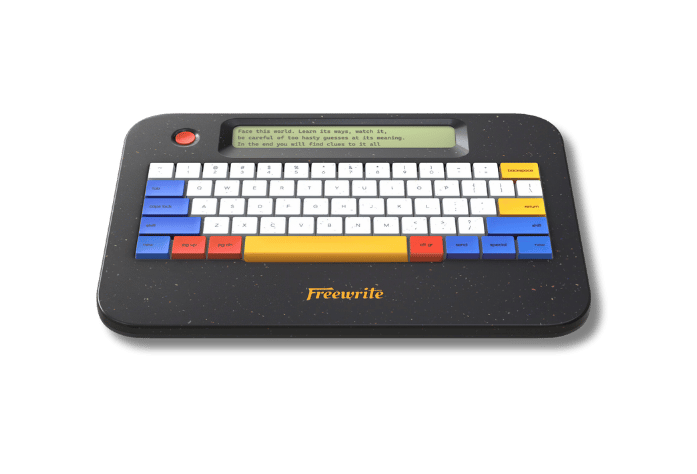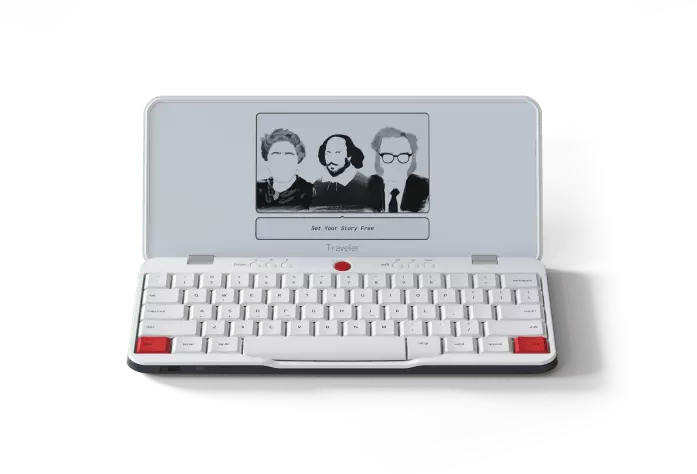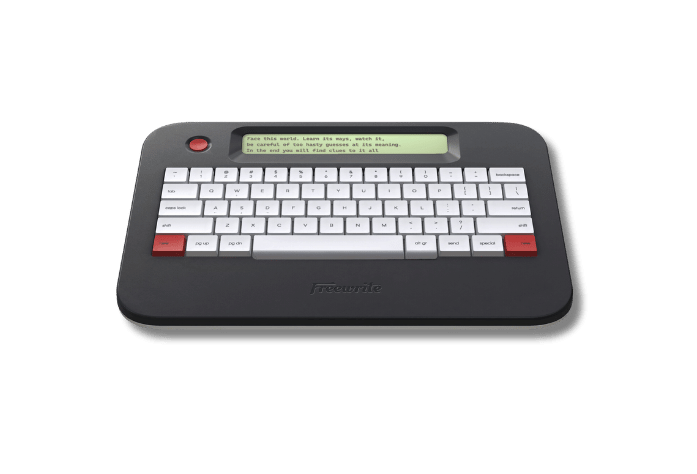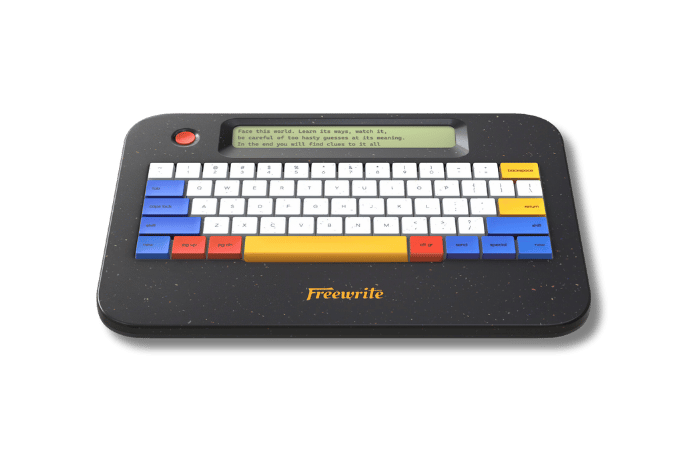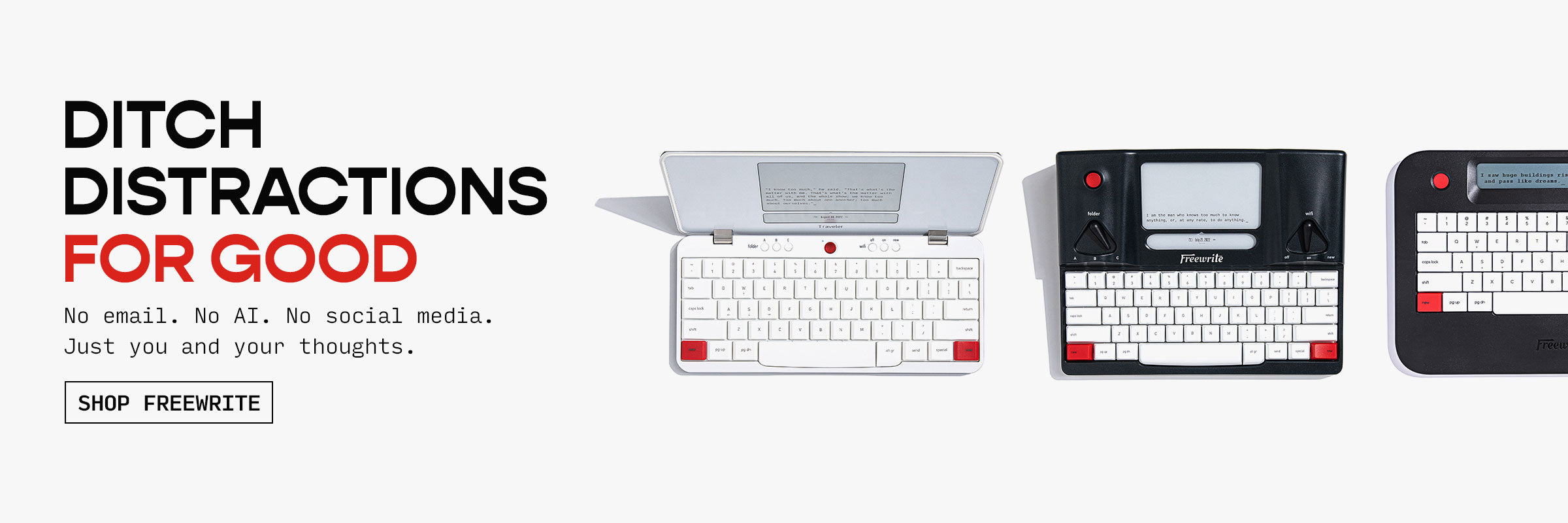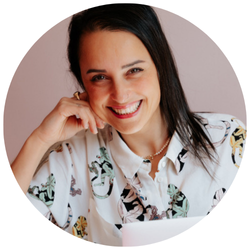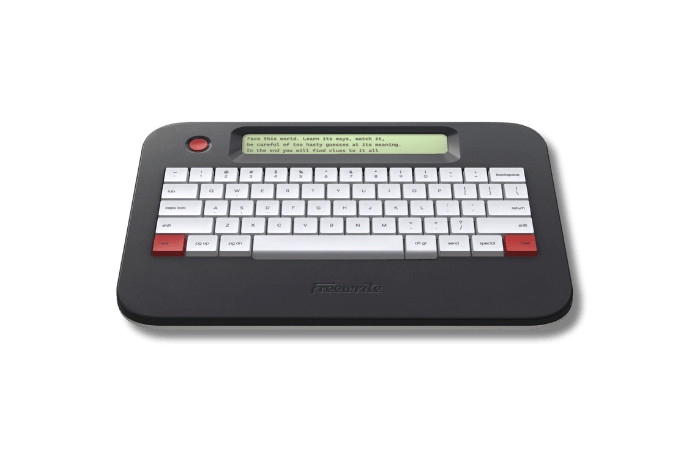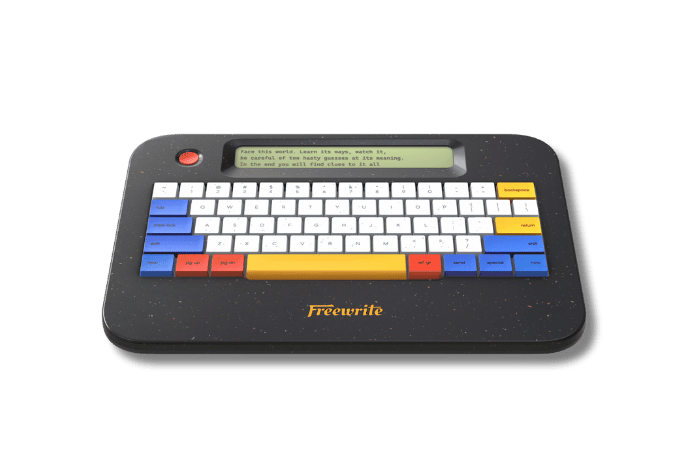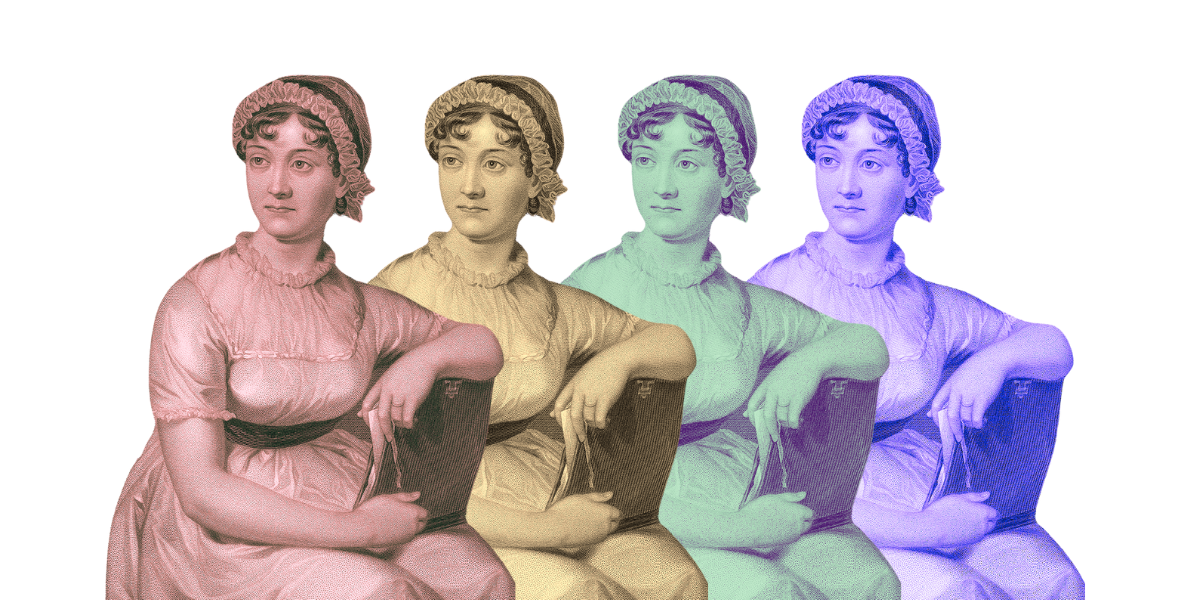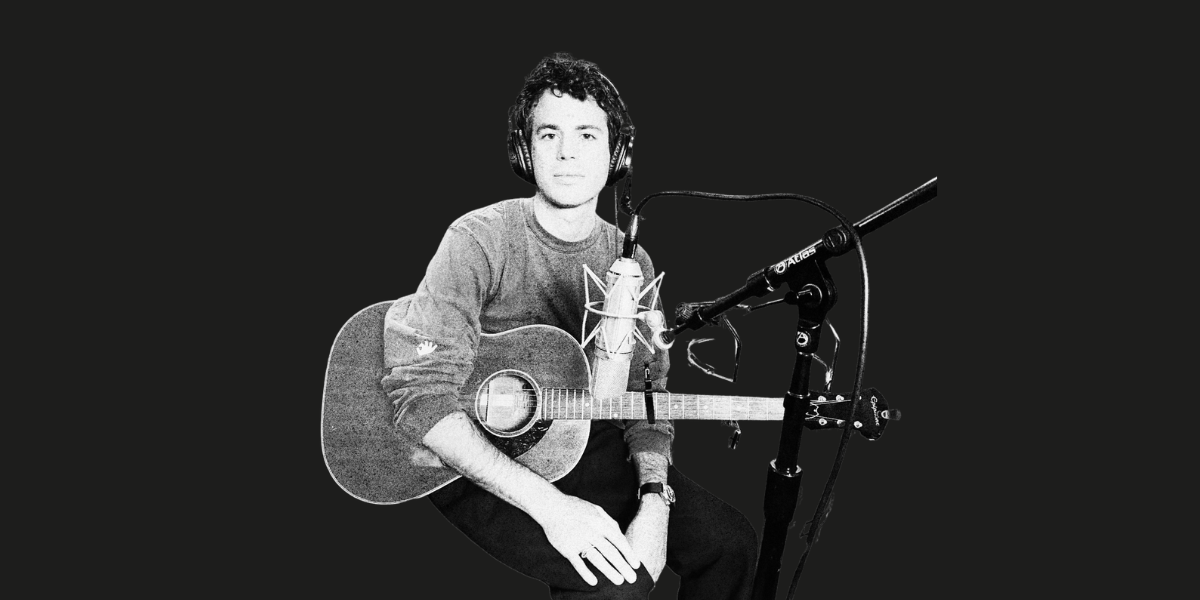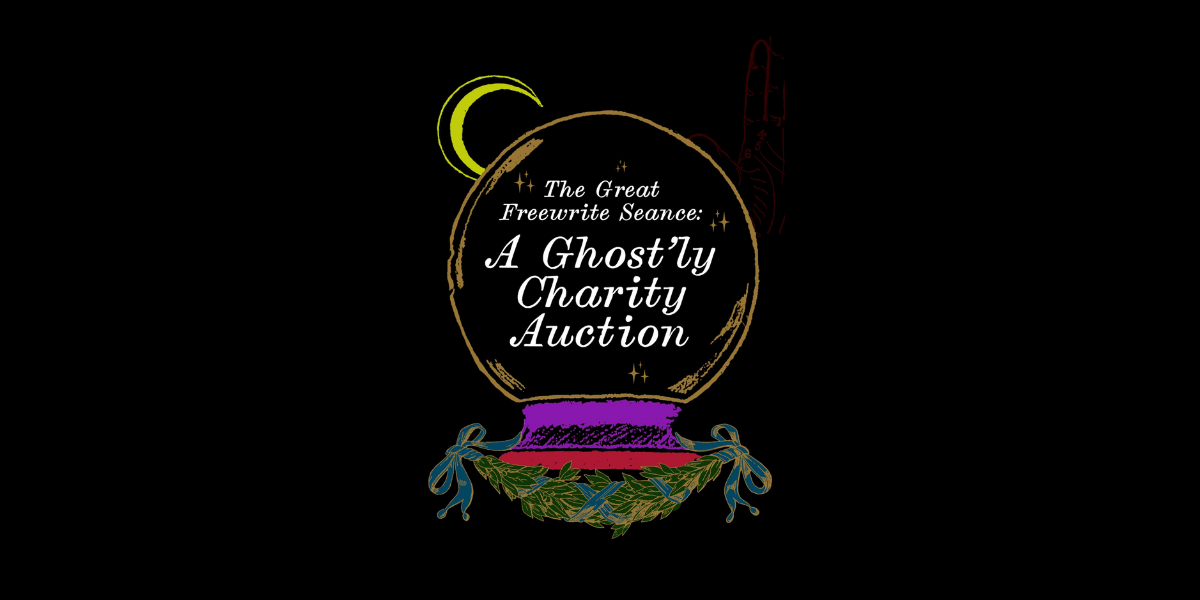In many of our favorite stories, the hero has a mentor or a guide. It’s part of the “hero’s journey.”
You may not feel like a hero when you’re sitting on the couch scrolling on your phone, but did you know, even then, you have a guide?
It's an invisible one, and it's called "the algorithm."

Meet the Algorithm
An algorithm is a set of rules or a process that your favorite apps follow in order to decide what the app does — most importantly, what content it shows to you.
The algorithm selects what you are exposed to, what pieces of news, what photos, videos, what other types of content are served to your eyeballs. The algorithm decides what you see during your internet journey.
In actuality, there’s more than one algorithm. Google has one, Facebook has a different one, and on and on. But all of them have the same goal: to select content you want to see.
At first, this seems helpful. Considering how much information is out here, it's good to have something that parses and selects to make your journey easier. And the more the algorithm guides you, the more data it collects about you, and the better it comes to know you. That’s great, right?
It really seems that the algorithm wants the best for us. And for free?
Not so fast.
The purpose of serving content that we want to see is not to create an enjoyable experience for us (otherwise, we wouldn’t see so much content that makes us mad!) but instead to enable monetization.
The purpose of serving content that we want to see is not to create an enjoyable experience for us ... but instead to enable monetization.
Follow the Money
Have you ever wondered why social media platforms like Meta (Facebook and Instagram), Reddit, and X are free to use, even though you get valuable content from them?
Social platforms charge businesses to run targeted ads to its users, and because of all the information the algorithm has on you, advertisers can target the people who will really be interested in their services and maximize their ROI (return on investment).
The more targeted content they give us, the longer we stay there, and the longer we stay, the more ads we are exposed to.
That means more money for Facebook.
Sure, we don't pay for this content with money, but we do pay with our attention. And attention is a scarce resource these days.
Sure, we don't pay for this content with money, but we do pay with our attention. And attention is a scarce resource these days.
Your Most Valuable Resource
This idea of attention as a scarce resource is the core of the concept of the “Attention Economy,” as Herbert Simon first named it in 1971.
Before that, information was the scarce resource. You couldn’t just google any information you needed.
But today, the amount of information is so huge that what counts instead is the attention needed to select and consume it.
Simon understood that this wealth of information would create “a need to allocate [our] attention efficiently among the overabundance of information sources that might consume it."
The paradox is that the more information we have, the less we are able to pay attention. This trade-off is a big challenge for advertisers but also for our mental health and sense of personal fulfillment.
This digital economic shift must be considered when navigating the web and assessing our digital habits.
Because, unlike in the best stories, this time, the guide is not here to help the hero succeed. No, this type of guide is actually the villain.
